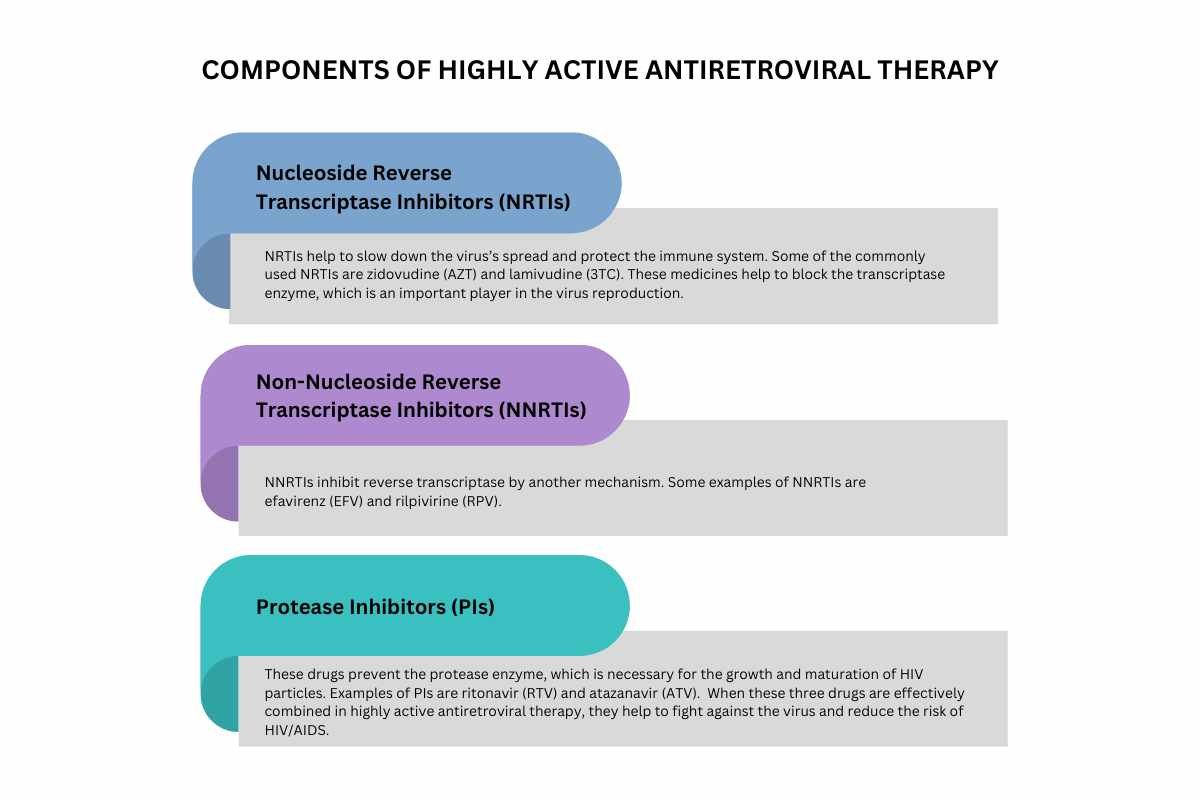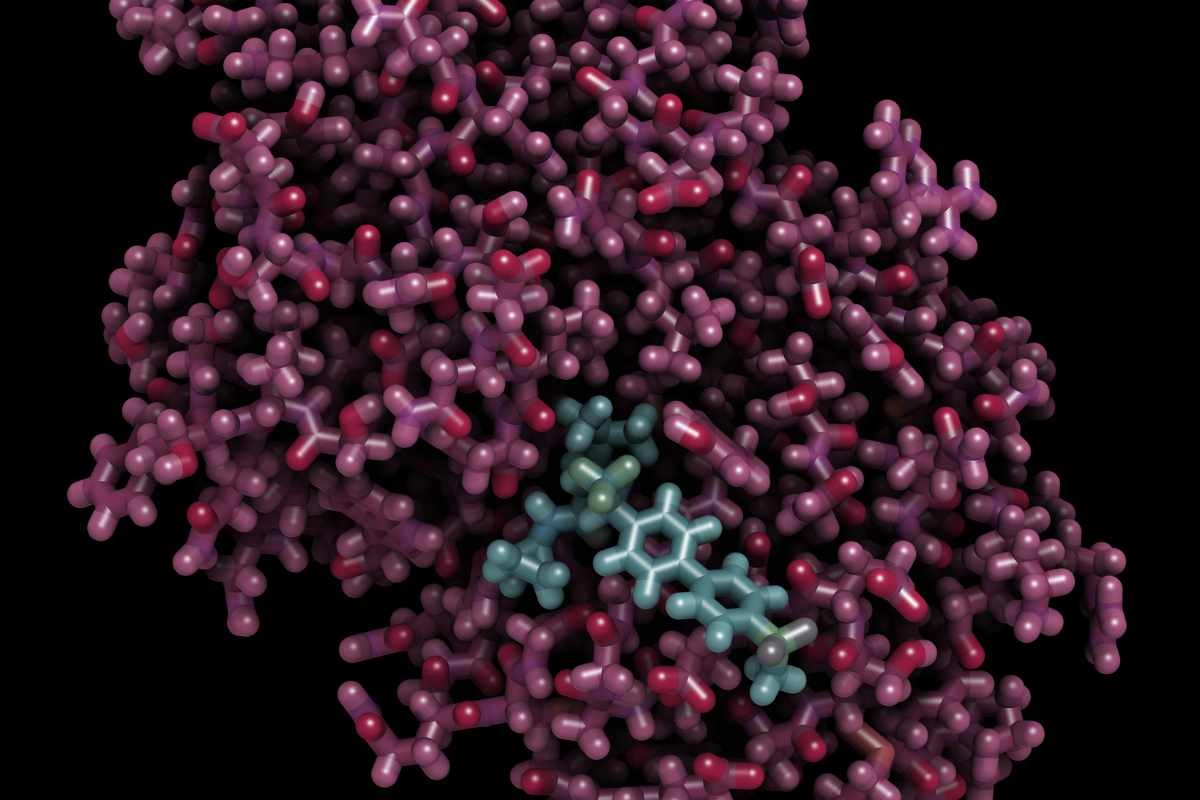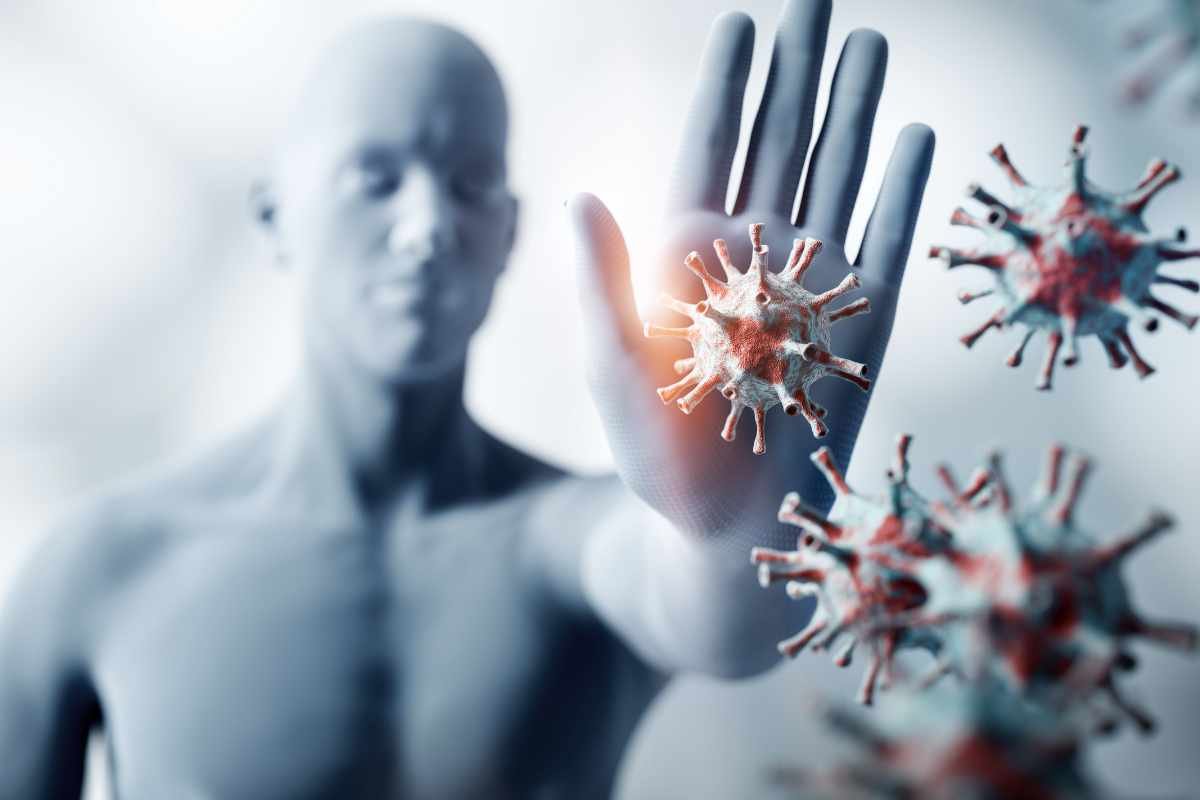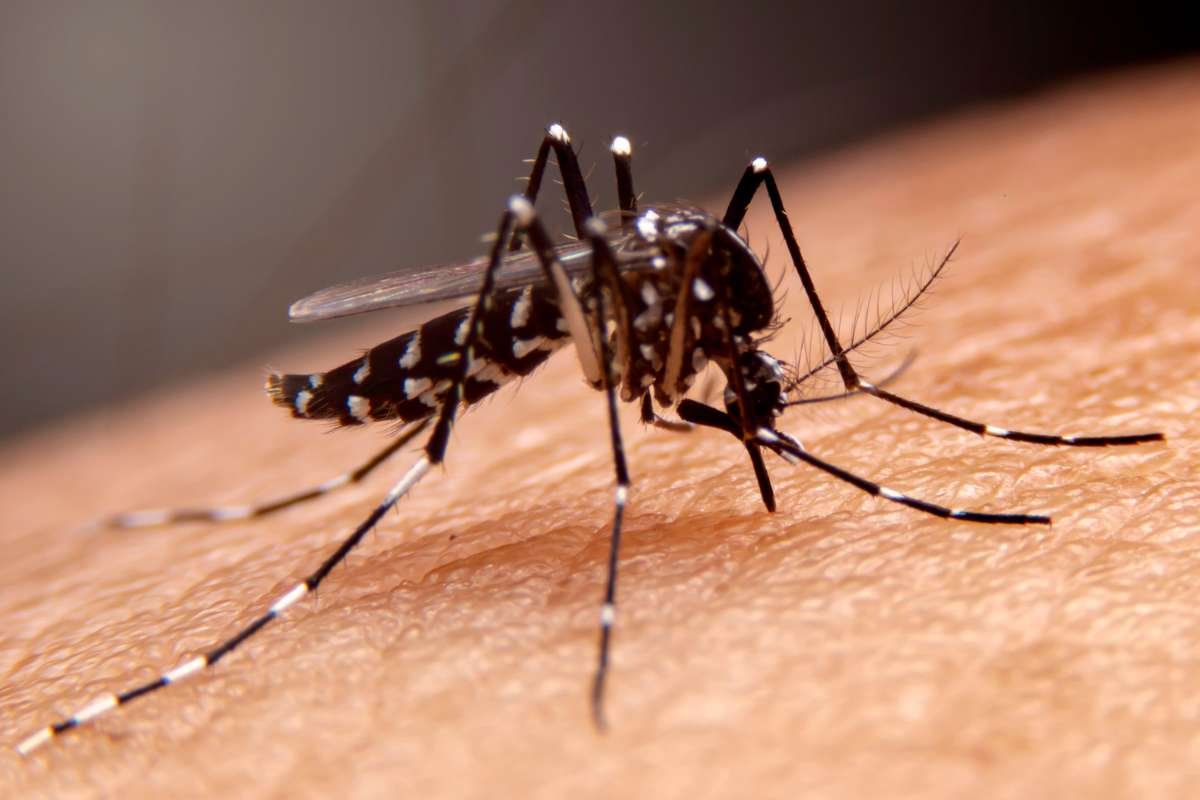HIV/AIDS is a life-taking disease, and one needs to fight against this disease, but the question is how? Highly Active antiretroviral therapy (HAART) is the solution for fighting against HIV/AIDS. HAART was introduced in the late 1990s and has converted HIV from a fatal to a chronic disease. This therapy helps to control the virus and protects one’s immune system to prevent the person from suffering from severe infection. It also reduces the risk of spreading HIV, thus making it a powerful tool for battling HIV/AIDS.
This blog will help you to understand highly active antiretroviral therapy, its components, benefits, challenges, and future.
Table of Contents
Definition
Highly active antiretroviral therapy (HAART) is a treatment that combines several antiretroviral medications to reduce the viral load in HIV-infected individuals. The main goal of HAART is to make the immune system healthy. HAART achieves this by reducing the amount of HIV in the bloodstream to non-detectable levels.
Components of Highly Active Antiretroviral Therapy
HAART includes three main categories of antiretroviral drugs, some of which are mentioned below. We hope they give you a better understanding.

1. Nucleoside Reverse Transcriptase Inhibitors (NRTIs)
NRTIs help to slow down the virus’s spread and protect the immune system. Some of the commonly used NRTIs are zidovudine (AZT) and lamivudine (3TC). These medicines help to block the transcriptase enzyme, which is an important player in the virus reproduction.
2. Non-Nucleoside Reverse Transcriptase Inhibitors (NNRTIs)
NNRTIs inhibit reverse transcriptase by another mechanism. Some examples of NNRTIs are efavirenz (EFV) and rilpivirine (RPV).
3. Protease Inhibitors (PIs)

These drugs prevent the protease enzyme, which is necessary for the growth and maturation of HIV particles. Examples of PIs are ritonavir (RTV) and atazanavir (ATV).
When these three drugs are effectively combined in highly active antiretroviral therapy, they help to fight against the virus and reduce the risk of HIV/AIDS.
Benefits of HAART
HAART has positively impacted the lives of several HIV/AIDS patients, which makes it a reliable source for improving the immune system of HIV/AIDS patients. Some of the benefits of HAART are as follows:
- Viral Load Suppression: HAART reduces the viral load and the risk of HIV transmission. This will not only save the patient’s health but also save the people from HIV who live around the patient.

- Improved Immune Function: HAART improves the immune system and protects the patient from several infections that might complicate the patient’s health further. Usually, patients on HAART experience an improvement in overall health.
- Increased Life Expectancy: Individuals on highly active antiretroviral therapy can enjoy a longer and healthier life than those without HIV. This has helped them to achieve their personal and professional goals.
Challenges
As we saw, HAART has several benefits, but there are certain limitations too. Some of the common negative factors that can make HAART challenging are as follows:
- Side Effects: Common side effects experienced by patients on HAART are nausea, fatigue, and gastrointestinal issues. This forces them to discontinue the treatment.
- Complex Dose Schedules: The HAART program requires several doses throughout the day. These complex dose schedules are not easy for the patient to manage. Doctors are working on simplifying the dose schedules for patients suffering from HIV/AIDS.
- Social Judgment and Mental Health: Patients suffering from HIV usually stay isolated. This affects their willingness and mental stability. They can also face mental health issues such as depression and anxiety.
- Drug Resistance: A patient’s body becoming resistant to the drug is a challenge that is been seen nowadays. Therefore, to overcome this challenge, regular monitoring and invention of newer medicines are required.
Future of Highly Active Antiretroviral Therapy
Nowadays, several innovations and research are being carried out on HAART. Researchers and doctors are focused on creating treatments that have fewer side effects and are easier for patients to follow. Some of the recent developments are long-acting injectables, which are new injectable drugs that require less dosing, which help the patients to recover faster.
Several antiretroviral drugs, when combined into a single pill, make the treatment simpler, which has attracted many patients to this treatment. Customized medicines are being made for the patients by matching their genetic identity with their particular HIV strains. These advancements in HAART will help patients to live a quality life with HIV. We hope that in the future, HIV can be eradicated from routes through hopes and effective innovation.
Final thoughts
A small effort today brings a healthier tomorrow.
Highly active antiretroviral therapy offers hope and quality of life for millions of individuals who are suffering from HIV/AIDS. It is an essential therapy to reduce the impact of this virus globally. As the research and innovation of HAART continue it will provide a healthier life for HIV patients. We hope this blog has given you knowledge about HAART’s components, benefits, and challenges.







